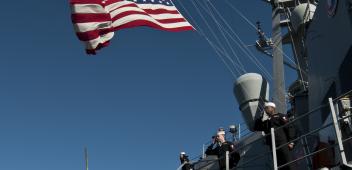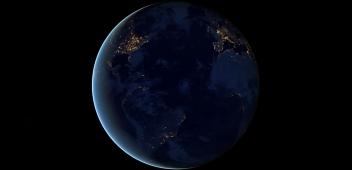Diaspora: The World Wide Web of Australians
In this Lowy Institute Paper, Dr Michael Fullilove argues that national diasporas are like ‘“world wide webs”’, with dense, interlocking strands spanning the globe and binding different individuals, institutions and countries together. The Paper follows those strands and describes the webs that they form.

- ‘Diasporas are world wide webs – encircling the globe heedless of national borders, connecting people with distant geographies and governments, binding countries together and pulling them into each other’s way, and complicating the processes of international relations’.
- Diasporas are getting stronger as a result of international migration; the revolutions in transport and communications technologies; a reaction against globaliszed homogenous culture; the end of the Cold War; and government policy changes.
- Diasporas have awesome economic power in the form of remittance flows and business networks.
- Diaspora groups are becoming more prominent players in host country politics, and their influence is being felt in homelands too. However, diasporas can also provide foot soldiers for intelligence services and criminal networks, and can foster extremism and sustain insurgencies back home.
Executive Summary
This Lowy Institute Paper argues that diasporas – communities which live outside, but maintain links with, their homelands – are getting larger, thicker and stronger. Diaspora consciousness is on the rise: diasporans are becoming more interested in their origins; homelands are revising their opinions of their diasporas and stepping up their engagement efforts; meanwhile, host countries are worrying about fifth columns and foreign lobbies. This trend has important implications for global economics, identity, politics and security – and it will complicate life significantly for national governments.



